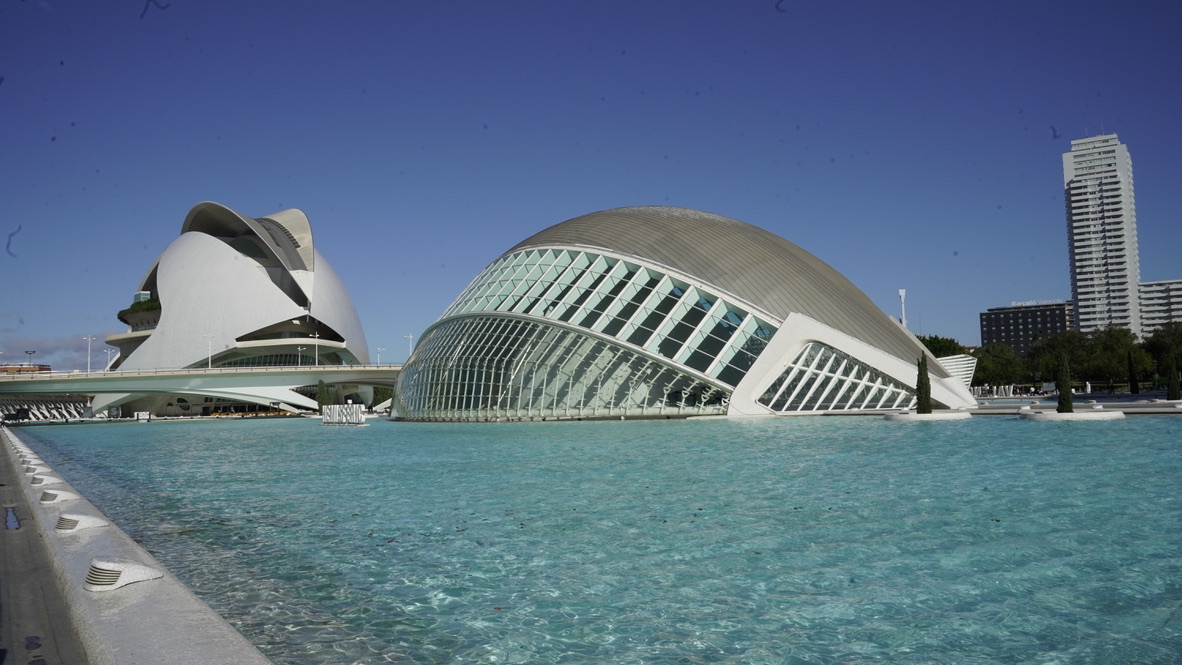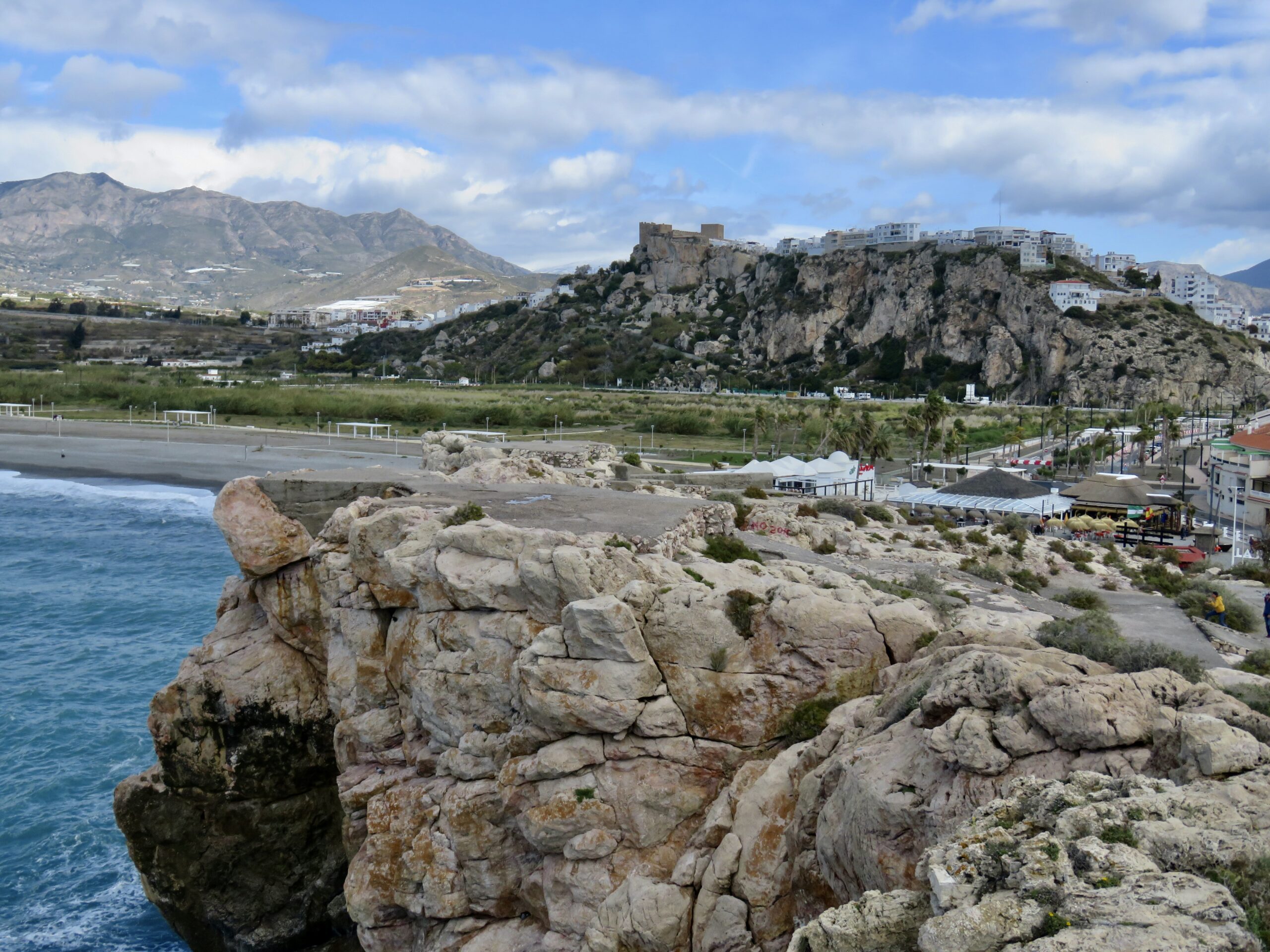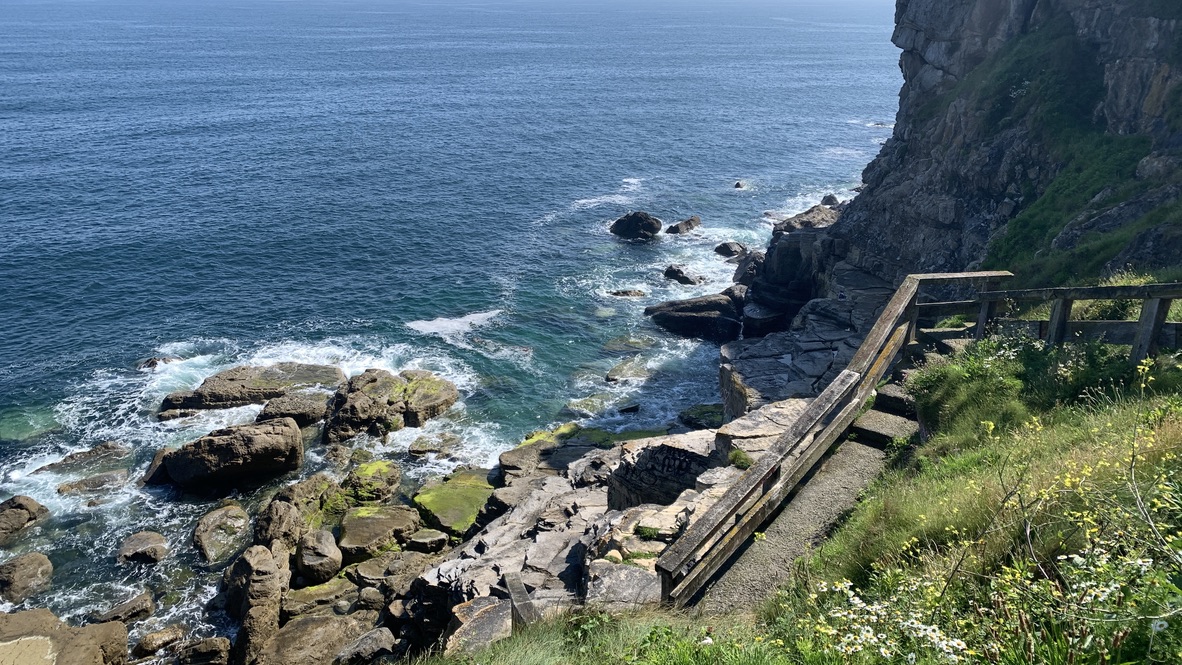The Costa Blanca offers a blend of beach fun and modern metropolitan culture in cities such as Valencia.
Getting There and Around
The Costa Blanca, located in the southeastern region of Spain along the Mediterranean coast, is famed for its stunning beaches, vibrant nightlife, and charming towns. The main gateway to the Costa Blanca is Alicante-Elche Airport, which offers numerous domestic and international flights. The region is also accessible via Valencia Airport to the north. The Costa Blanca is well-connected by train and bus services, with major routes passing through cities like Alicante, Benidorm, and Denia. Renting a car is a convenient option for exploring the region, particularly for visiting smaller towns and coastal villages. Public transportation within cities includes buses and trams, and many areas are pedestrian-friendly.
Top Attractions
- Alicante: The capital city of the province, Alicante offers beautiful beaches, a historic old town, and a vibrant cultural scene. Key attractions include the Santa Bárbara Castle, the Explanada de España promenade, and the Archaeological Museum of Alicante (MARQ).
- Benidorm: Known for its skyscrapers, lively nightlife, and beautiful beaches, Benidorm is a popular tourist destination. Highlights include Levante and Poniente beaches, the Terra Mítica theme park, and the Aqualandia water park.
- Denia: A charming coastal town with a rich history and beautiful beaches. Key attractions include the Denia Castle, the old town, and the Marina, which offers boat trips to the nearby Balearic Islands.
- Altea: Known for its picturesque old town with whitewashed houses and narrow streets, Altea is a haven for artists and offers stunning views of the Mediterranean. The Church of Our Lady of Consolation, with its blue dome, is a must-see.
- Calpe: Famous for the iconic Penyal d’Ifac rock, Calpe offers beautiful beaches, a charming old town, and the Roman site of Baños de la Reina. The Penyal d’Ifac Natural Park is perfect for hiking and enjoying panoramic views.
- Torrevieja: A bustling town known for its salt lakes, beautiful beaches, and lively marina. The Las Salinas de Torrevieja Natural Park and the Habaneras Shopping Center are popular attractions.
Culture and Cuisine
The Costa Blanca’s cultural heritage is influenced by its coastal and agricultural geography, offering a mix of maritime and rural traditions. The region is known for its vibrant festivals, such as the Bonfires of Saint John in Alicante, Moors and Christians festivals in various towns, and the Fiestas de San Vicente.
Costa Blanca cuisine is characterized by its emphasis on fresh seafood, local produce, and traditional Valencian recipes. Must-try dishes include paella (especially seafood paella), arroz a banda (rice cooked in fish stock), caldero (a fish and rice dish), and tapas. The region is also famous for its horchata (a refreshing drink made from tiger nuts) and turrón (a type of nougat). Don’t miss trying local wines from the Alicante wine region and desserts such as tarta de almendra (almond cake).
Shopping
For shopping enthusiasts, the Costa Blanca offers a mix of local boutiques, specialty stores, and artisan markets. Alicante’s city center and the Central Market are great for finding unique souvenirs, fashion, and local crafts. Benidorm’s markets offer fresh produce, local delicacies, and handcrafted goods. Local markets, like the Altea Market and the Torrevieja Friday Market, are perfect for buying fresh produce, local delicacies, and artisanal goods.
Day Trips
The Costa Blanca’s diverse landscape and rich history make it ideal for day trips:
- Guadalest: A stunning mountain village with a historic castle, museums, and breathtaking views of the surrounding valley and reservoir.
- Elche: Known for its vast palm groves (a UNESCO World Heritage site), the Huerto del Cura garden, and the historic Basilica of Santa María.
- Javea: A charming coastal town with beautiful beaches, a picturesque old town, and the Montgó Natural Park, which offers hiking and stunning views.
Practical Tips
- Best Time to Visit: Spring (April to June) and Fall (September to November) offer mild weather and fewer tourists. Summers are hot and ideal for beach activities, while winters are mild but less crowded.
- Language: Spanish and Valencian are the official languages. While English is spoken in tourist areas, learning some basic Spanish phrases can enhance your experience and interactions with locals.
- Safety: The Costa Blanca is generally safe, but as with any tourist destination, be mindful of your belongings in crowded areas and tourist sites to avoid pickpocketing.





